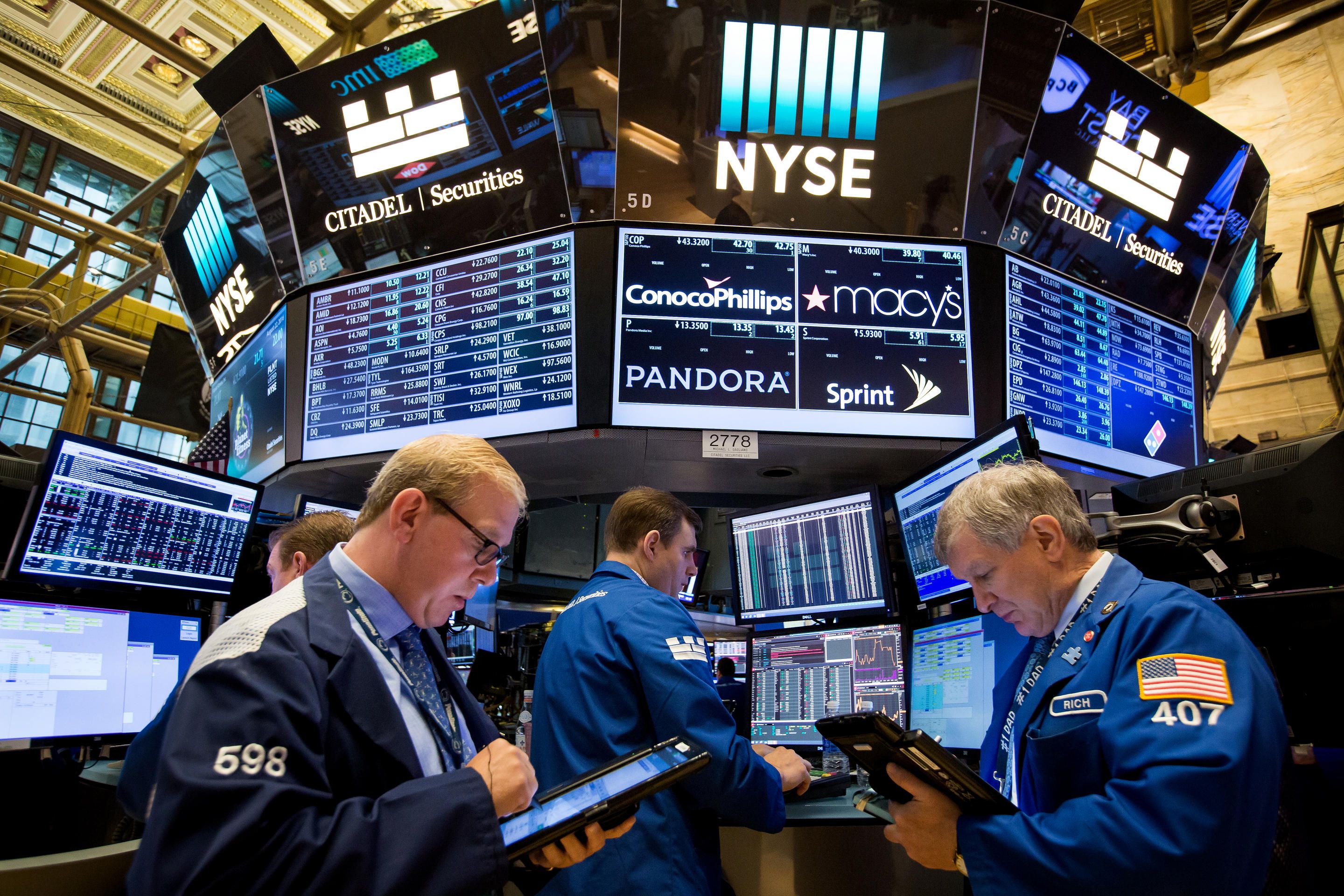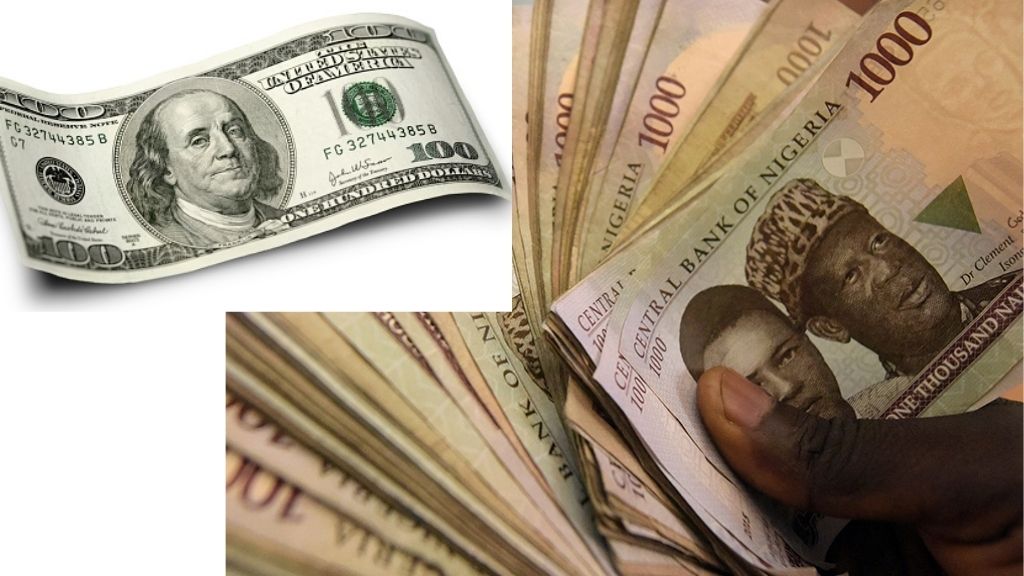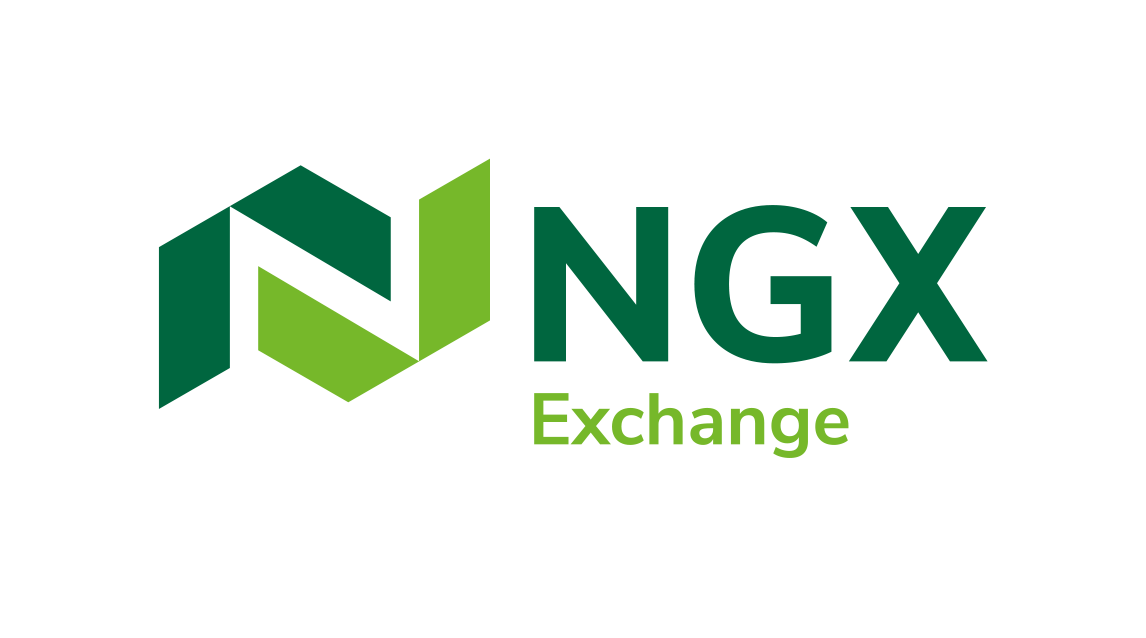Economy
Optimism on Further Stimulus Spikes Buying Interest

By Investors Hub
The major U.S. index futures are currently pointing to a higher opening on Monday, with stocks likely to add to the strong gains posted last week.
The markets may benefit from optimism about further stimulus from global central banks, with the European Central Bank expected to cut interest rates at a meeting on Thursday.
Expectations for another interest rate by the U.S. Federal Reserve next week were also bolstered by last Friday?s weaker than expected jobs data.
Data from China showing an unexpected drop in exports in August has also added to the hopes of more stimulus to stave off a global recession.
Official data showed Chinese exports in August unexpectedly fell by 1 percent compared to year ago, reflecting the ongoing trade dispute with the U.S.
Subsequently, the trade war also remains on investors? minds, although traders seem optimistic about high-level trade talks scheduled for next month.
Some political observers have suggested President Donald Trump may soften his stance on China in order to reach an agreement and prevent a U.S. recession just before Election Day.
Following the strong upward move seen last Wednesday and Thursday, stocks showed a lack of direction during trading on Friday. The major averages spent much of the day bouncing back and forth across the unchanged line before closing mixed.
While the tech-heavy Nasdaq dipped 13.75 points or 0.2 percent to 8,103.07, the Dow and the S&P 500 reached their best closing levels in over a month. The Dow rose 69.31 points or 0.3 percent to 26,797.46 and the S&P 500 inched up 2.71 points or 0.1 percent to 2,978.71.
Despite the mixed performance on the day, the major averages all moved notably higher for the holiday-shortened week. The Dow jumped by 1.5 percent, while the Nasdaq and the S&P 500 both surged up by 1.8 percent.
The choppy trading on Wall Street came following the release of a closely watched report from the Labor Department showing weaker than expected job growth in the month of August.
The report said non-farm payroll employment rose by 130,000 jobs in August after climbing by a downwardly revised 159,000 jobs in July.
Economists had expected employment to increase by about 158,000 jobs compared to the addition of 164,000 jobs originally reported for the previous month.
The weaker than expected job growth came as notable increases in employment in healthcare and financial activities were partly offset by the loss of mining and retail jobs.
The report said government employment climbed by 34,000 jobs, largely reflecting the hiring of temporary workers for the 2020 Census.
Meanwhile, the Labor Department said the unemployment rate held at 3.7 percent in August, unchanged from July and in line with economist estimates.
The report also said average hourly employee earnings climbed by $0.11 to $28.11 in August following 9-cent gains in both June and July.
“Payrolls growth is slowing but wages are picking up, which underlines the difficult decision facing the Federal Reserve,” said ING Chief International Economist James Knightley.
He added, “The risks from a deteriorating international backdrop and a manufacturing recession mean we still look for September and December rate cuts.”
Meanwhile, traders largely shrugged off comments from Federal Reserve Chairman Jerome Powell, who argued the central has helped keep the economy on solid ground amid the uncertainty caused by President Donald Trump’s trade war with China.
“The Fed has through the course of the year seen fit to lower the expected path of interest rates,” Powell said during a forum in Zurich, Switzerland. “That has supported the economy. That is one of the reasons why the outlook is still a favorable one.”
Powell argued that the uncertainty caused by the escalating trade dispute between the U.S. and China has caused some companies to hold back on investment
“We’ve been hearing quite a bit about uncertainty,” Powell said. “So for businesses, to particularly make longer-term investments in plants or equipment or software, they want some certainty that the demand will be there.”
Despite the uncertainty cause by the trade war, Powell noted the Fed does not currently anticipate a recession, noting the labor market and consumer spending remain strong.
“We’re not forecasting or expecting a recession,” the Fed chief said. “The most likely outlook is still moderate growth, a strong labor market and inflation continuing to move back up.”
Powell also reiterated his oft-repeated pledge that the Fed will “act as appropriate” to sustain the U.S. economic expansion.
Most of the major sectors ended the day showing only modest moves, contributing to the lackluster close by the broader markets.
Gold stocks showed a substantial move to the downside, however, with the NYSE Arca Gold Bugs Index plunging by 3.2 percent. The sell-off by gold stocks came as the price of the precious metal turned lower after seeing initial strength.
Natural gas stocks climbed off their worst levels but also saw notable weakness on the day, while some strength was visible among tobacco stocks.
Economy
Okitipupa Plc, Two Others Lift Unlisted Securities Market by 0.65%

By Adedapo Adesanya
The NASD Over-the-Counter (OTC) Securities Exchange recorded a 0.65 per cent gain on Friday, December 13, boosted by three equities admitted on the trading platform.
On the last trading session of the week, Okitipupa Plc appreciated by N2.70 to settle at N29.74 per share versus Thursday’s closing price of N27.04 per share, FrieslandCampina Wamco Nigeria Plc added N2.49 to end the session at N42.85 per unit compared with the previous day’s N40.36 per unit, and Afriland Properties Plc gained 50 Kobo to close at N16.30 per share, in contrast to the preceding session’s N15.80 per share.
Consequently, the market capitalisation added N6.89 billion to settle at N1.062 trillion compared with the preceding day’s N1.055 trillion and the NASD Unlisted Security Index (NSI) gained 19.66 points to wrap the session at 3,032.16 points compared with 3,012.50 points recorded in the previous session.
Yesterday, the volume of securities traded by investors increased by 171.6 per cent to 1.2 million units from the 447,905 units recorded a day earlier, but the value of shares traded by the market participants declined by 19.3 per cent to N2.4 million from the N3.02 million achieved a day earlier, and the number of deals went down by 14.3 per cent to 18 deals from 21 deals.
At the close of business, Geo-Fluids Plc was the most active stock by volume on a year-to-date basis with a turnover of 1.7 billion units worth N3.9 billion, followed by Okitipupa Plc with the sale of 752.2 million units valued at N7.8 billion, and Afriland Properties Plc with 297.3 million units sold for N5.3 million.
In the same vein, Aradel Holdings Plc remained the most active stock by value on a year-to-date basis with the sale of 108.7 million units for N89.2 billion, trailed by Okitipupa Plc with 752.2 million units valued at N7.8 billion, and Afriland Properties Plc with a turnover of 297.3 million units worth N5.3 billion.
Economy
Naira Trades N1,533/$1 at Official Market, N1,650/$1 at Parallel Market

By Adedapo Adesanya
The Naira appreciated further against the United States Dollar at the Nigerian Autonomous Foreign Exchange Market (NAFEM) by N1.50 or 0.09 per cent to close at N1,533.00/$1 on Friday, December 13 versus the N1,534.50/$1 it was transacted on Thursday.
The local currency has continued to benefit from the Electronic Foreign Exchange Matching System (EFEMS) introduced by the Central Bank of Nigeria (CBN) this month.
The implementation of the forex system comes with diverse implications for all segments of the financial markets that deal with FX, including the rebound in the value of the Naira across markets.
The system instantly reflects data on all FX transactions conducted in the interbank market and approved by the CBN.
Market analysts say the publication of real-time prices and buy-sell orders data from this system has lent support to the Naira in the official market and tackled speculation.
In the official market yesterday, the domestic currency improved its value against the Pound Sterling by N12.58 to wrap the session at N1,942.19/£1 compared with the previous day’s N1,954.77/£1 and against the Euro, it gained N2.44 to close at N1,612.85/€1 versus Thursday’s closing price of N1,610.41/€1.
At the black market, the Nigerian Naira appreciated against the greenback on Friday by N30 to sell for N1,650/$1 compared with the preceding session’s value of N1,680/$1.
Meanwhile, the cryptocurrency market was largely positive as investors banked on recent signals, including fresh support from US President-elect, Mr Donald Trump, as well as interest rate cuts by the European Central Bank (ECB).
Ripple (XRP) added 7.3 per cent to sell at $2.49, Binance Coin (BNB) rose by 3.5 per cent to $728.28, Cardano (ADA) expanded by 2.4 per cent to trade at $1.11, Litecoin (LTC) increased by 2.3 per cent to $122.56, Bitcoin (BTC) gained 1.9 per cent to settle at $101,766.17, Dogecoin (DOGE) jumped by 1.2 per cent to $0.4064, Solana (SOL) soared by 0.7 per cent to $226.15 and Ethereum (ETH) advanced by 0.6 per cent to $3,925.35, while the US Dollar Tether (USDT) and the US Dollar Coin (USDC) remained unchanged at $1.00 each.
Economy
Index Gains 0.63% as Value of Nigerian Exchange Crosses N60trn

By Dipo Olowookere
For the fourth consecutive trading session, the Nigerian Exchange (NGX) Limited closed higher on Friday by 0.63 per cent on sustained renewed buying pressure.
Apart from the energy and industrial goods sectors which closed flat, every other sector ended in the green territory, according to data obtained from the bourse.
Business Post reports that the insurance index appreciated by 1.52 per cent, the banking space improved by 0.63 per cent, and the consumer goods counter expanded by 0.46 per cent.
As a result, the All-Share Index (ASI) gained 617.47 points to settle at 99,378.06 points compared with the preceding day’s 98,760.59 points and the market capitalisation went up by 375 billion to close at N60.242 trillion, in contrast to Thursday’s closing value of N59.867 trillion.
The volume of transactions on Customs Street yesterday grew by 11.13 per cent to 544.2 million shares from the 489.7 million shares transacted a day earlier.
The value of transactions increased during the session by 49.30 per cent to N10.6 billion from N7.1 billion and the number of deals went up by 1.93 per cent to 8,464 deals from the 8,304 deals posted in the previous trading session.
The busiest equity for the trading day was Japaul with the sale of 71.7 million units valued at N158.0 million, eTranzact exchanged 70.7 million units worth N477.5 million, Tantalizers sold 57.3 million units for N101.2 million, FCMB traded 33.0 million units worth N297.3 million, and Universal Insurance transacted 27.1 million units valued at N9.6 million.
A total of 36 stocks ended on the gainers’ chart, while 15 stocks finished on the losers’ table, indicating a positive market breadth index and strong investor sentiment.
The trio of Aradel Holdings, Ikeja Hotel and Caverton gained 10.00 per cent each to trade at N550.00, N8.80, and N1.98, respectively, as Africa Prudential rose by 9.87 per cent to N17.25 and Golden Guinea Breweries soared by 9.64 per cent to N8.64.
On the flip side, Austin Laz lost 10.00 per cent to close at N1.62, ABC Transport crashed by 8.00 per cent to N1.15, Royal Exchange slumped by 7.69 per cent to 60 Kobo, Secure Electronic Technology plunged by 5.26 per cent to 54 Kobo, and The Initiates crumbled by 4.26 per cent to N2.25.
-

 Feature/OPED5 years ago
Feature/OPED5 years agoDavos was Different this year
-
Travel/Tourism8 years ago
Lagos Seals Western Lodge Hotel In Ikorodu
-

 Showbiz2 years ago
Showbiz2 years agoEstranged Lover Releases Videos of Empress Njamah Bathing
-

 Banking6 years ago
Banking6 years agoSort Codes of GTBank Branches in Nigeria
-

 Economy2 years ago
Economy2 years agoSubsidy Removal: CNG at N130 Per Litre Cheaper Than Petrol—IPMAN
-

 Banking2 years ago
Banking2 years agoFirst Bank Announces Planned Downtime
-

 Sports2 years ago
Sports2 years agoHighest Paid Nigerian Footballer – How Much Do Nigerian Footballers Earn
-

 Technology4 years ago
Technology4 years agoHow To Link Your MTN, Airtel, Glo, 9mobile Lines to NIN












